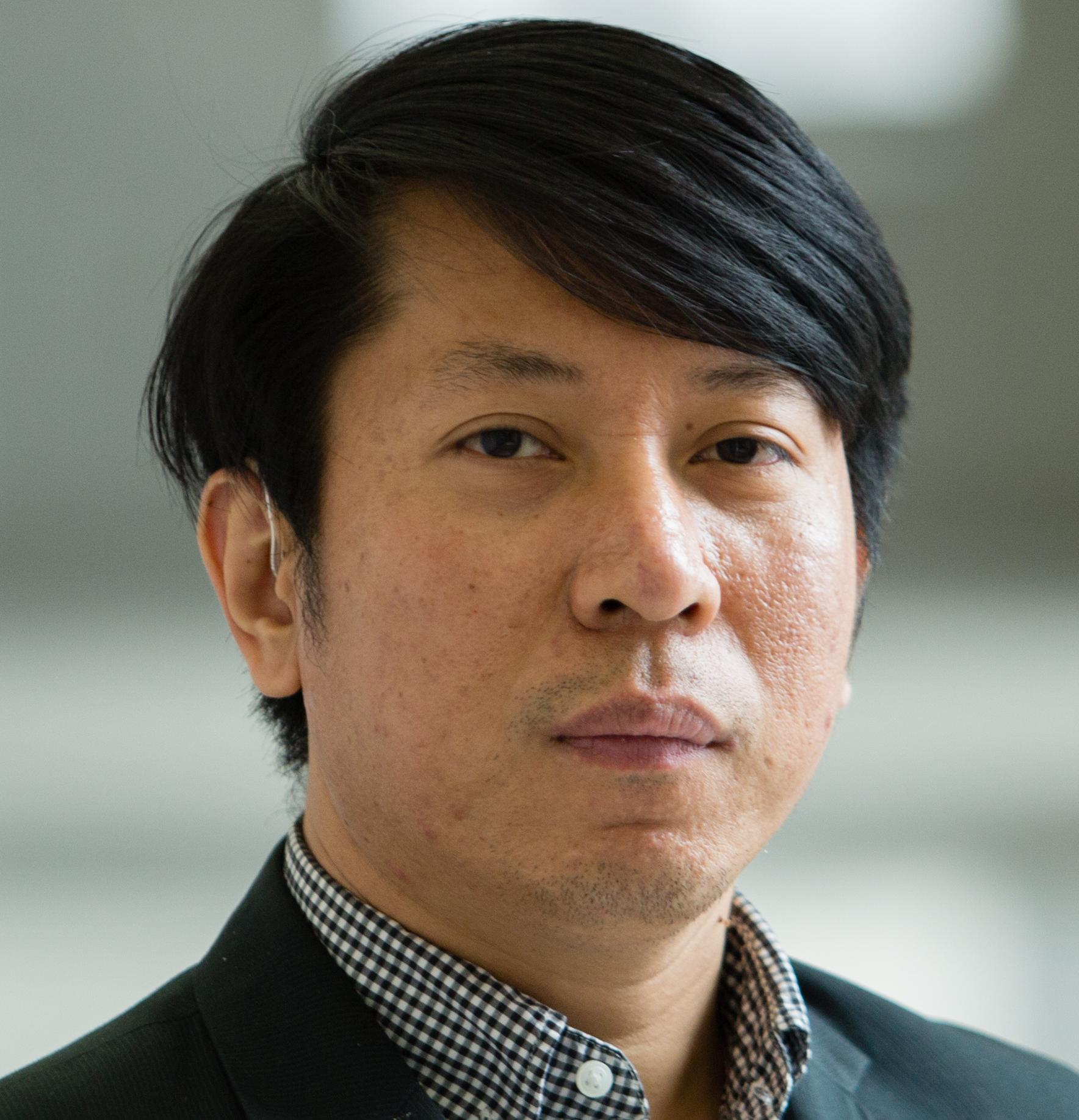The 7th BRICS Summit on July 8-9 in Ufa, Russia, brought together the heads of state of China, Russia, India, Brazil and South Africa in a joint pursuit of advancing the “BRICS partnership” and strengthening strategic coordination between the emerging countries. The meeting was held against a complex international landscape and adjustment of international order.
Seventy years after World War II, the world has entered a “new normal”. The BRICS economies encountered headwinds in their development, and their growth as a bloc has presented a divergent and complex picture. On the whole, there are five aspects contributing to the new challenges facing emerging economies.
First, global economic recovery has traversed a bumpy road, with many emerging economies, including the BRICS countries, facing downward pressure in their growth and short-term turbulences at the financial and capital markets. President Xi Jinping pointed it out in his meeting with the BRICS Business Council representatives, saying that “under the global economic circumstances today, BRICS countries are facing new challenges.”
Second, the Western economies have largely overcome the fallout of the 2008 global financial crisis, and begin to realign their growth activities, as evidenced in the TPP and TTIP initiatives spearheaded by the US, with the aim to contain the emerging powers and reshape the global architecture.
Third, regional hotspot issues have risen markedly. The Middle East was in disarray with no clear-cut solution in sight, and hostilities threaten to spill over into neighboring areas. In the meantime, the US, once spearheading the military operations in the region, turns its back on the situation, while ISIS and other terrorist and extremist organizations wreak havoc across the Middle East.
Fourth, numerous multilateral summits are held during the year, around various themes such as new development agenda, climate change and global governance, and intense consultations and competition between developed and developing countries on these topics are in the offing.
Fifth,the relations between established and emerging powers have become more complex. The US, in disregard of Japan’s militarist atrocities in history, tolerates the rightist leanings in Japan. In addition, the US fuels the “China threat “and “Russia threat” fears, to provide ground for its containment strategies against China and Russia, and thus prolongs the Ukraine issue and exacerbates the tensions in the Asia Pacific region.
Under such circumstances, the BRICS summit takes on added importance given the following factors:
First, the New Development Bank initiative has been accelerated, in keeping with the efforts of the emerging countries to reshape the international order. Prior to the summit, the first board of governors meeting was convened on 7 July in Moscow, where the governors, the alternate governors and the vice presidents were elected, and growth strategies for the next five years were laid out. Participants thank China for its contribution to the establishment of the bank as the host country, and it was agreed at the meeting that the management and operation procedures of the bank would be in place by the end of the year to pave the way for its official project implementation. This stands to benefit the wider emerging countries and developing countries alike in promoting infrastructure development and sustainable growth.
Second, the bilateral meeting between President Xi Jinping and President Vladimir Putin has deepened mutual trust, contributes to the success of the summit, and adds to the positive dynamics in a world of turbulence. During the meeting, July 8, President Xi said that the joint celebration between China and Russia of the 70th anniversary of the victory of the Second World War served as a clarion call to the world to jointly “safeguard the victory of the War and international justice”. President Xi stressed that the two countries should deepen economic and trade cooperation, accelerate projects of strategic importance, and grow the Shanghai Cooperation Organization (SCO) as the key platform to integrate the “Silk Road Economic Belt” and the “Eurasia Economic Union”, with an aim to advance the development, cooperation and prosperity of the Eurasian continent as a whole. President Putin stressed that the comprehensive strategic coordination partnership between China and Russia is moving forward and their bilateral trade ties grow further. China has become Russia’s biggest trade partner, financial cooperation makes new strides, and Russia has contributed to the AIIB initiative proposed by China.
Third, the BRICS Summit and the SCO Summit were held back-to-back in close succession and brought together countries from the Eurasian Economic Union, thus the three forums providing a set of major platforms for the emerging countries to interact and explore new ways for cooperation. It reflects the keen wishes of the hosting countries to seek common development, and heralds profound adjustment of the geopolitical contour on the Eurasian continent.
Given the fact that some BRICS members are still experiencing challenging periods in economic growth, as rightly elaborated by President Xi, it is expected that “the BRICS countries still have great economic growth potentials, and so does their future economic cooperation”, which is based on the following four aspects.
First, facing challenges in economic growth, the BRICS members must show solidarity and draw on each other’s strengths through economic and financial cooperation, so as to tide over the difficult downward cycle, improve economic structures and overhaul the international financial order.
Second, BRICS countries must learn from the experiences of each other on political and social governance, seek development courses suitable to a country’s own circumstances, overcome Western interference and avoid blindly following Western development models.
Third, BRICS members should align stances on regional hotspot issues, international relations and coordination on global governance in order to advance common interests.
Fourth, the BRICS countries can form a G5, similar to the G7 regime for developed industrial countries, via the BRICS Summit platform. The G5 with its distinct and different traits, would stand in contrast to the G7, and form a collective synergy by catalyzing “co-opetition” (competition plus cooperation) between the five members, which would contribute to a multi-polar and balanced international relations system, and serve as a benign counterweight to Western dominance.

